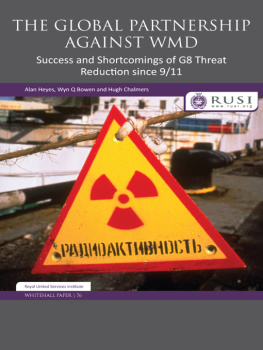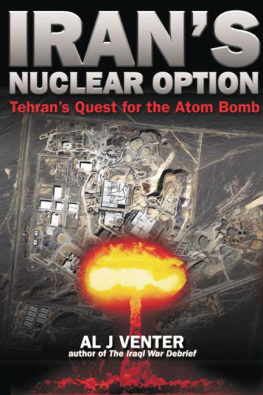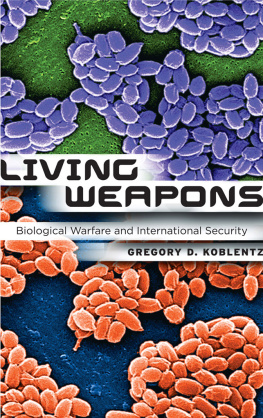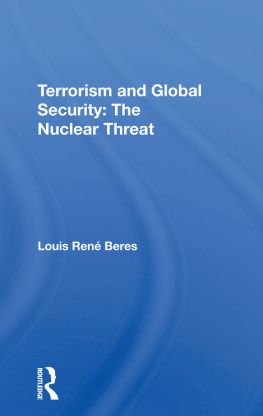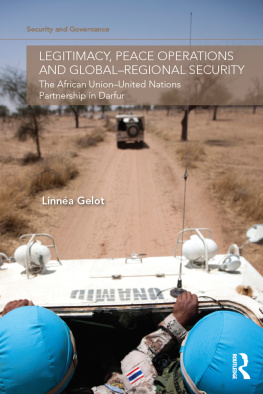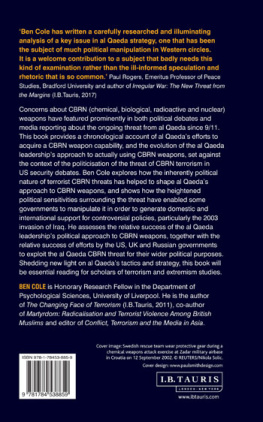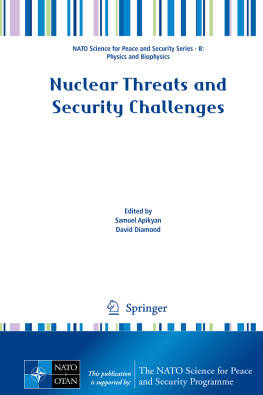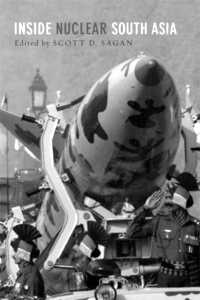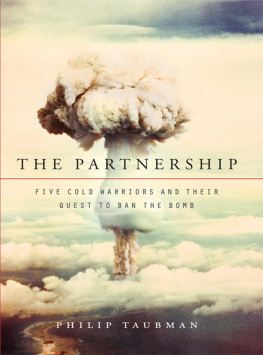The Global Partnership Against WMD
Success and Shortcomings of G8 Threat Reduction since 9/11
Alan Heyes, Wyn Q Bowen, and Hugh Chalmers
www.rusi.org
Royal United Services Institute for Defence and Security Studies
The Global Partnership Against WMD: Success and Shortcomings of G8 Threat
Reduction since 9/11
By Alan Heyes, Wyn Q Bowen and Hugh Chalmers
First published 2011
Whitehall Papers series
Series Editor: Professor Malcolm Chalmers
Editors: Adrian Johnson and Ashlee Godwin
Editorial Assistant: Dave Jackson
RUSI is a registered charity (no. 210639)
ISBN 0855161531
Published on behalf of the Royal United Services Institute
for Defence and Security Studies
by
Routledge Journals, an imprint of Taylor & Francis, 4 Park Square, Milton Park,
Abingdon OX14 4RN
SUBSCRIPTIONS
Please send subscription orders to:
USA/Canada : Taylor & Francis Inc., Journals Department, 325 Chestnut Street,
8th Floor, Philadelphia, PA 19106 USA
UK/Rest of World: Routledge Journals, T&F Customer Services, T&F Informa UK Ltd,
Sheepen Place, Colchester, Essex, CO3 3LP, UK
All rights reserved. No part of this publication may be reprinted or reproduced or
utilised in any form or by any electronic, mechanical, or other means, now known or
hereafter invented, including photocopying and recording, or in any information
storage or retrieval system, without permission in writing from the publisher.
I. INTRODUCTION
The 9/11 terrorist attacks prompted a new urgency in efforts to deal with chemical, biological, radiological and nuclear (CBRN) proliferation. In Washington and elsewhere, the potential acquisition and use by terrorist groups of CBRN materials and weapons subsequently came to be perceived as a much increased threat. The Bush administration moved quickly to respond to the unprecedented events and to the resultant impact on international threat perceptions related to CBRN terrorism by seeking the commitment of its fellow G8 governments to establish a new initiative through which to collaborate on threat reduction, and to jointly commit a substantial amount of funding and technical expertise to implement projects in line with an agreed set of priorities. The new initiative was launched in 2002 at the G8 summit in Kananaskis, Alberta, Canada. It was a clear policy signal on the part of the Bush administration that the United States could not address the challenge by itself within a politically acceptable timescale, and that other countries needed to contribute to threat reduction work in a more focused and significant way.
In particular, the Global Partnership (GP) Against the Spread of Weapons and Materials of Mass Destruction subsequently encouraged some twenty-two for a breakdown of funding by non-G8 countries). The creation of the GP constituted the first time that so many countries had agreed to collaborate on a range of non-proliferation, security and nuclear safety programmes as well as to commit such an unprecedented amount of resources to implementing them, in terms of both funding and technical assistance.
The ten-year duration of the GP was an explicit acknowledgement that many threat reduction projects would take time to deliver, given the requirement to build new infrastructure or to enhance security culture and practices in particular countries. The G8 leaders agreed that the GPs initial priorities, in terms of projects and spending, lay in Russia because it possessed what was by far the largest inventory of weapons and materials. The key priorities of the GP were agreed collectively in 2002 and embraced: the dismantlement of some 190 of Russias decommissioned nuclear submarines; the destruction of around 4 million chemical munitions, many containing nerve agents; the redirection of former weapons scientists; and the disposal of fissile materials.
The Study
After some nine years in operation and the implementation of multiple separate threat reduction projects by GP countries, international policy-makers recently agreed, during the French G8 summit at Deauville in May 2011, to extend the initiative beyond the initially agreed period, which was set to expire in 2012. It is in this context that this Whitehall Paper evaluates the performance of the GP to date. The research was made possible by a generous grant from the John D and Catherine T MacArthur Foundation to examine international threat reduction efforts under the GP and to generate new knowledge and understanding of European policies and practices therein.
The paper is informed by research interviews with dozens of officials with responsibility for the GP and other CBRN mitigation-related activities from thirteen governments (including all the G8 countries), the European Commission, the European Bank for Reconstruction and Development (EBRD) and the International Atomic Energy Agency (IAEA), along with a number of project contractors and non-governmental organisations. A number of interviews were conducted with officials from countries in which GP-related projects have been planned or implemented.
The study is divided into four chapters. briefly examines the evolution of the G8 as a non-proliferation actor and the context within which the GP was established in 200102. It demonstrates that the events of 9/11 in combination with the high-level political buy-in of the G8 leaders made possible the extraordinary commitment of resources to CBRN threat reduction in June 2002. It highlights why the GP approach was chosen and why it is different to some of the formal approaches that went before and which were associated with other international bodies such as the IAEA.
examines the GP at a programmatic level. It shows that the GP has realised some significant achievements since 2002 in the context of chemical weapons destruction and submarine dismantlement in Russia. However, it is argued that these Russian priorities have been pursued at the expense of more pressing CBRN challenges such as enhancing the security of nuclear, radiological and biological material and the related knowledge possessed by scientists and technicians, both within the former Soviet Union (FSU) and elsewhere. It is shown that the consensus nature of the GP decision-making process, and Russias refusal to sanction a more global and targeted initiative, were pivotal in preventing the GP from adopting an approach that would have more effectively addressed challenges of greater direct relevance to the prevention of CBRN terrorism. The chapter also highlights further weaknesses, including the failure of some G8 countries to deliver on their initial funding pledges, and the inability of the GP Working Group to provide strategic guidance and to conduct effective evaluations and discussions of evolving priorities and implementation.
examines the operation of the GP at the working level. In contrast to the macro-level problems discussed in the previous chapter, it is argued that the GP has been much more effective at this practical level. The chapter examines the notable achievements in this respect, including: the establishment of a strong network of officials and technical experts drawn from across the GP community of states and organisations responsible for implementing threat reduction programmes; the development of trust and good working relations between FSU and GP donor countries at the working level; and the sharing of best practice related to project management and risk assessment. In addition to the positive story at the working level, the chapter also argues that the GP has resulted in some unforeseen spin-off benefits that have been highly beneficial for some of the partner countries.

